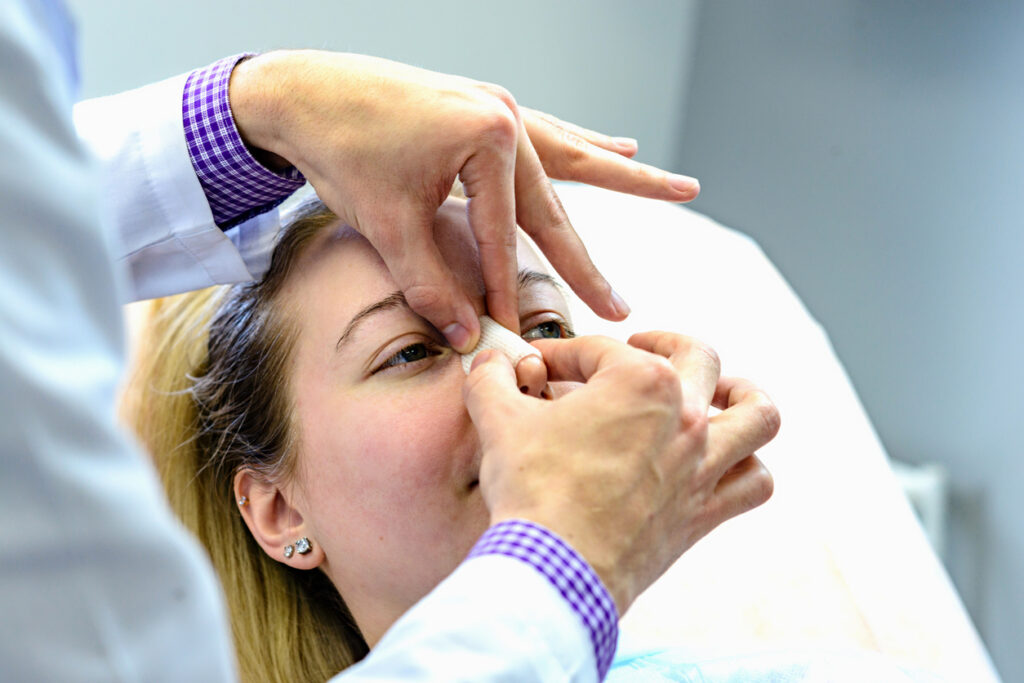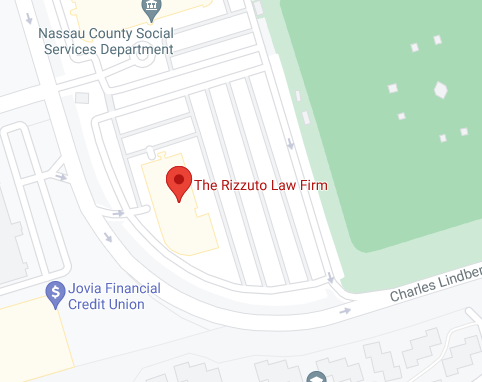Construction sites are inherently dangerous environments, with electrical hazards being one of the most significant risks. In New York, where construction work is extensive due to ongoing urban development, it becomes crucial for workers to be well-equipped with knowledge and best practices to mitigate the risk of electrical injuries. These injuries can not only cause harm to individuals but can also lead to expensive downtime, legal liabilities, and potentially deadly accidents.
Understanding Electrical Hazards in Construction
Before diving into the specifics of how to mitigate these risks, it’s essential first to understand what makes electrical hazards particularly dangerous in construction settings. Electrical hazards can include anything from live wires, faulty equipment, and overhead power lines to improper grounding and damaged extension cords. These hazards can cause electrical shocks, burns, fires, and, in the worst cases, electrocution. With the high volume of electrical equipment used on a construction site, even a single oversight can lead to disastrous consequences.
Training and Education: The Foundation of Electrical Safety
Education is the cornerstone of any successful safety program. The Occupational Safety and Health Administration (OSHA) sets specific training requirements for construction workers to ensure they are prepared to handle electrical hazards. In New York, OSHA training is not only recommended but often required for many construction projects. Construction workers should undergo both basic and advanced electrical safety training tailored to their roles.
Training must include how to identify common electrical hazards, proper lockout/tagout (LOTO) procedures, and the correct way to handle electrical equipment. Workers should also be trained on the proper use of personal protective equipment (PPE), such as rubber gloves and non-conductive tools. Additionally, workers must know how to respond in an emergency, including providing first aid for electrical burns and shocks.
Personal Protective Equipment (PPE): Essential Gear for Protection
Personal protective equipment (PPE) is a vital defense against electrical injuries on construction sites. In New York, OSHA regulations dictate that workers wear the appropriate PPE for any tasks involving electrical risks, which includes gear like insulated gloves, flame-resistant clothing, and non-conductive boots. These materials provide a barrier between the worker and electrical hazards, greatly reducing the risk of shock, burns, or electrocution.
Proper Use and Maintenance of Electrical Equipment
One of the leading causes of electrical injuries in construction is the improper use or maintenance of electrical equipment. In many cases, workers might be using equipment that has not been inspected, is outdated, or is improperly grounded. In New York, where construction sites are often large and complex, it can be easy for faulty equipment to go unnoticed, increasing the risk of accidents.
To mitigate risks, all electrical tools and equipment should be inspected regularly for signs of damage, such as frayed cords, exposed wires, or broken insulation. Workers should be trained to identify these signs and take faulty equipment out of service immediately. Additionally, proper grounding techniques should always be used, and ground fault circuit interrupters should be installed to prevent electrocution.
Maintenance schedules should be adhered to rigorously, and qualified professionals should perform any repairs. Temporary fixes, like using tape to cover exposed wire, should never be used as a substitute for proper repairs. By ensuring that all equipment is in good working condition, the likelihood of electrical injuries can be significantly reduced.
Hazard Identification and Risk Assessment
A key part of preventing electrical injuries on a construction site is the ability to identify hazards before they cause harm. Supervisors and workers should regularly conduct risk assessments to identify potential electrical hazards in the work environment, which includes inspecting the site for live wires, ungrounded equipment, and overhead power lines. By identifying these risks early, workers can take steps to eliminate or mitigate them.
Lockout/Tagout (LOTO) Procedures
One of the most effective ways to prevent electrical injuries on a construction site is by implementing and following proper lockout/tagout (LOTO) procedures. LOTO is a safety protocol used to ensure that electrical equipment is completely de-energized before any maintenance or repair work is performed. This process involves locking the equipment in a safe position and placing a tag on it to inform others that it should not be energized.
Emergency Preparedness and Response
Even with the best preventive measures in place, accidents can still happen. Therefore, construction workers in New York must also be prepared to respond to electrical injuries effectively. Every construction site should have a clear emergency response plan that includes steps for dealing with electrical accidents. Workers should know how to shut off power in an emergency and should be trained in first aid for electrical injuries.
Creating a Safety Culture
Finally, the most effective way to mitigate the risk of electrical injuries on New York construction sites is to foster a culture of safety. When everyone on the site, from supervisors to laborers, prioritizes safety and works together to prevent accidents, the overall risk of injury decreases, which means encouraging open communication, ensuring that safety protocols are followed, and providing continuous training and support for workers.
Seek Legal Guidance
Electrical injuries are a significant risk on New York construction sites, but they are also largely preventable. Ultimately, safety should be a top priority for all workers and employers in the construction industry, as it not only protects individuals but also contributes to the efficiency and success of construction projects.
If you need guidance on the legal requirements and processes surrounding workplace safety, call Rizzuto Law Firm at 516-604-5496
today to schedule a free consultation with our team.









